Exploring Historical Places in Pakistan
| March 15, 2024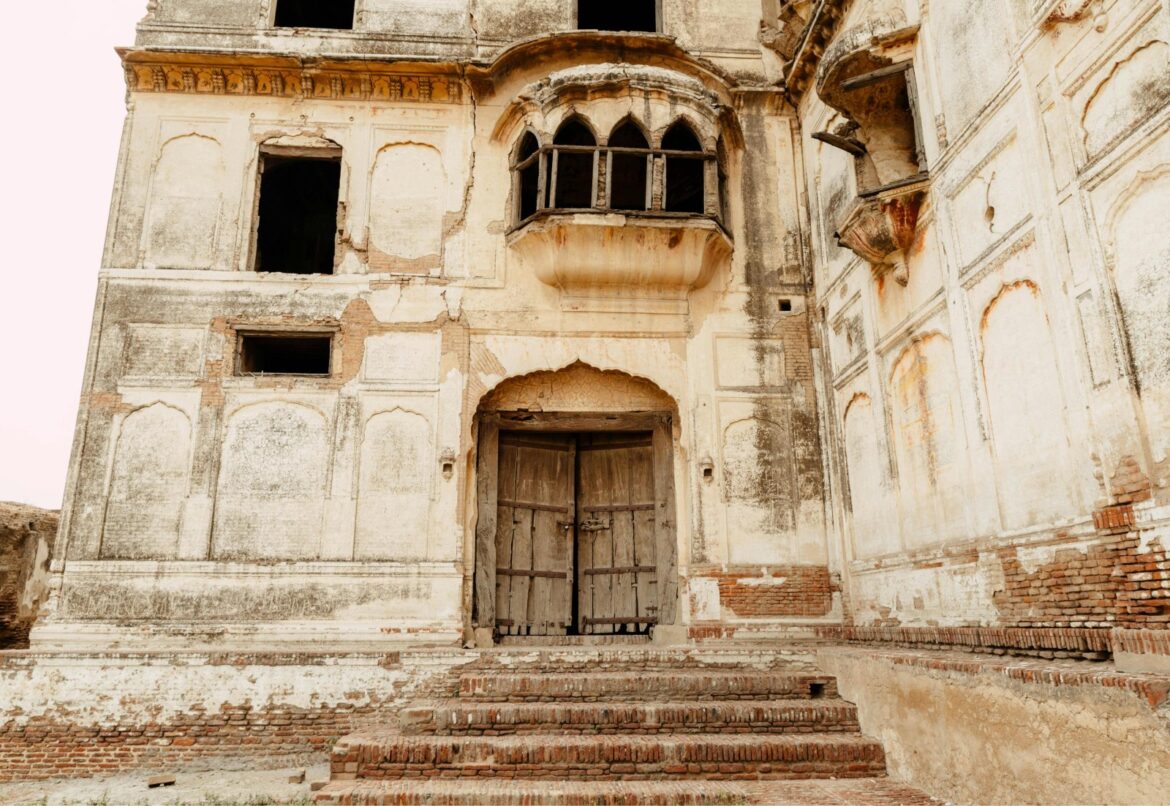
When discussing the historical places in Pakistan, a plethora of landmarks come to mind, each showcasing its rich cultural heritage and extensive history.From ancient civilizations to medieval fortresses and Mughal architecture, the country boasts a wealth of historical landmarks waiting to be discovered. In this guide, we’ll explore some of the most captivating historical places in Pakistan that attract travelers and history enthusiasts alike.
1 Mohenjo-Daro: The Ancient Indus Valley Civilization
Mohenjo-Daro, meaning “Mound of the Dead,” is one of the most prominent archaeological sites of the ancient Indus Valley Civilization. Located in the Sindh province, this UNESCO World Heritage Site dates back to around 2500 BCE, making it one of the earliest urban settlements in the world. The ruins of Mohenjo-Daro offer insight into the advanced urban planning, architecture, and social organization of the Harappan civilization. Visitors can explore the well-planned streets, intricate drainage systems, and the Great Bath, believed to have been used for ritualistic purposes.
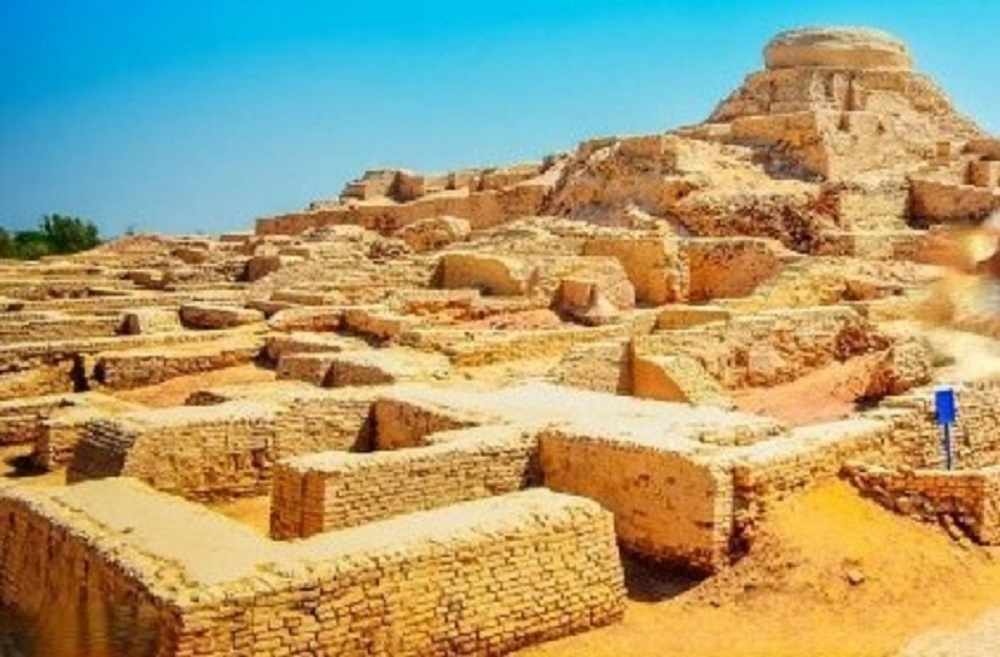
2 Lahore Fort and Shalimar Gardens: Mughal Splendor
Lahore, the cultural capital of Pakistan, is home to the majestic Lahore Fort and the enchanting Shalimar Gardens, both UNESCO World Heritage Sites. Built during the Mughal era, these architectural marvels epitomize the grandeur and opulence of the Mughal dynasty. The Lahore Fort, also known as Shahi Qila, served as the seat of Mughal power in the region and witnessed the rise and fall of various empires. The Shalimar Gardens, commissioned by Emperor Shah Jahan, symbolize the Mughal love for nature and beauty.
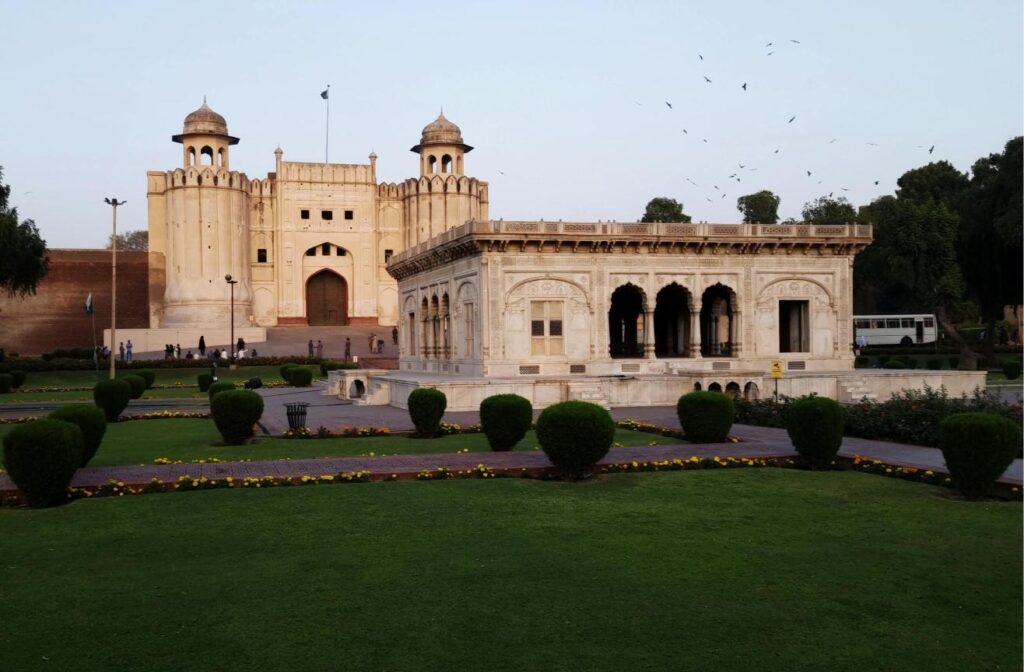
3 Taxila: Cradle of Civilization
Situated near Islamabad, Taxila is an ancient archaeological site that once served as a major center of learning and commerce in the Gandhara region. It has been designated as a UNESCO World Heritage Site due to its historical significance. Taxila flourished under various civilizations, including the Persian, Greek, Mauryan, and Kushan empires, making it a melting pot of cultures and ideas. It was renowned for its Buddhist monasteries, stupas, and universities, attracting scholars and pilgrims from far and wide.
4 Rohtas Fort: A Symbol of Strength
Rohtas Fort, located near the city of Jhelum in Punjab province, is a formidable fortress built by the Afghan king Sher Shah Suri in the 16th century. It was constructed to suppress the rebellious Pashtun tribes and defend against Mughal incursions. Rohtas Fort stands as a testament to Sher Shah Suri’s military prowess and strategic foresight. Its massive walls, bastions, and gateways reflect the architectural ingenuity of the time and served as a stronghold against foreign invasions.
5 Badshahi Mosque: Architectural Marvel of Lahore
Built during the reign of Emperor Aurangzeb, the Badshahi Mosque is one of the largest mosques in the world and a symbol of Mughal architectural splendor. Located in Lahore, it remains an iconic landmark of the city. Commissioned by Emperor Aurangzeb in the 17th century, the Badshahi Mosque served as a congregational mosque for the Mughal imperial court. Its grandeur and architectural finesse reflect the zenith of Mughal artistic achievement.
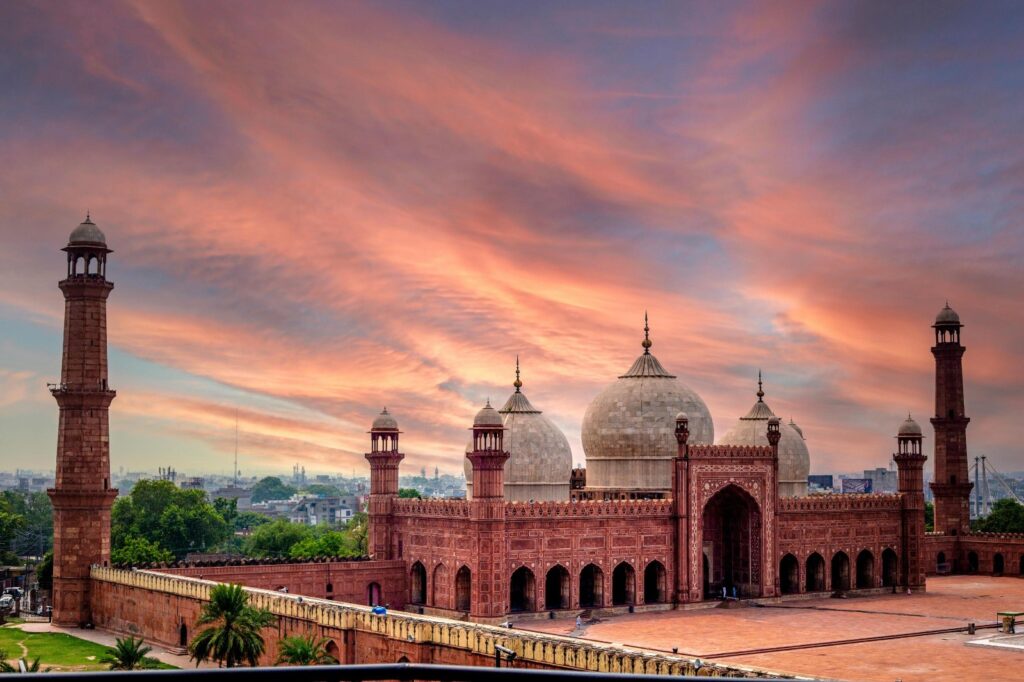
6 Takht-i-Bahi: Buddhist Heritage
Takht-i-Bahi, meaning “Throne of Origins,” is an ancient Buddhist monastery complex located in the Khyber Pakhtunkhwa province. It is renowned for its well-preserved ruins and architectural significance. Built during the Gandhara period in the 1st century CE, Takht-i-Bahi served as a center of Buddhist learning and worship. It is considered one of the most complete and best-preserved examples of Buddhist monastic architecture in the world.
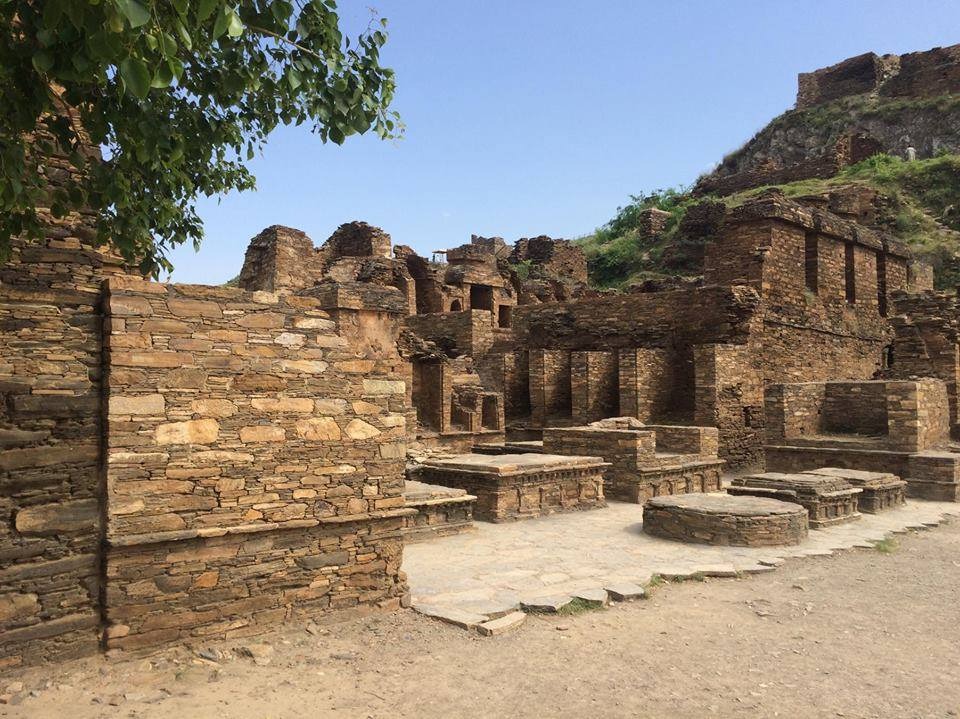
7 Derawar Fort: Desert Citadel
Derawar Fort is a massive desert fortress located in the Cholistan Desert of Punjab province. Believed to have been built in the 9th century, it stands as a testament to the military might and architectural prowess of the Rajput rulers. Originally constructed by Rai Jajja Bhati, a Rajput ruler, Derawar Fort was later captured and renovated by the Nawabs of Bahawalpur in the 18th century. It served as a strategic stronghold and caravan station along the ancient trade routes.



